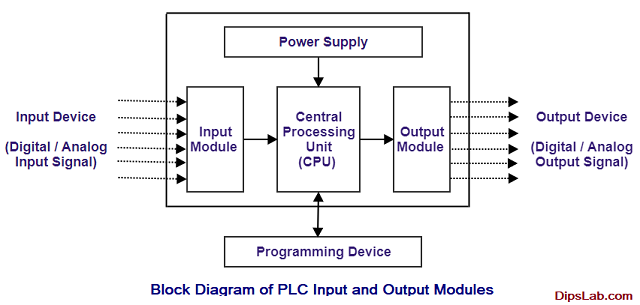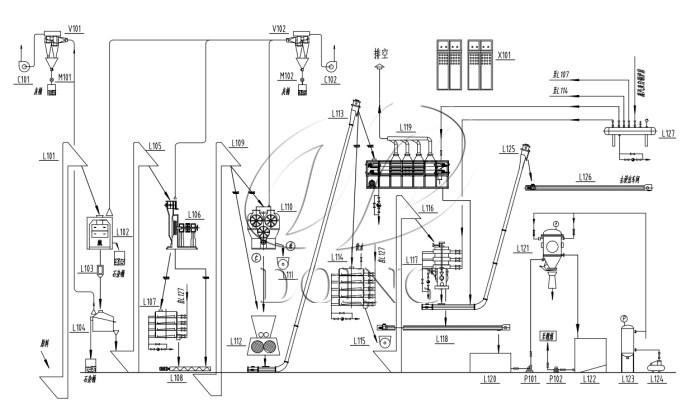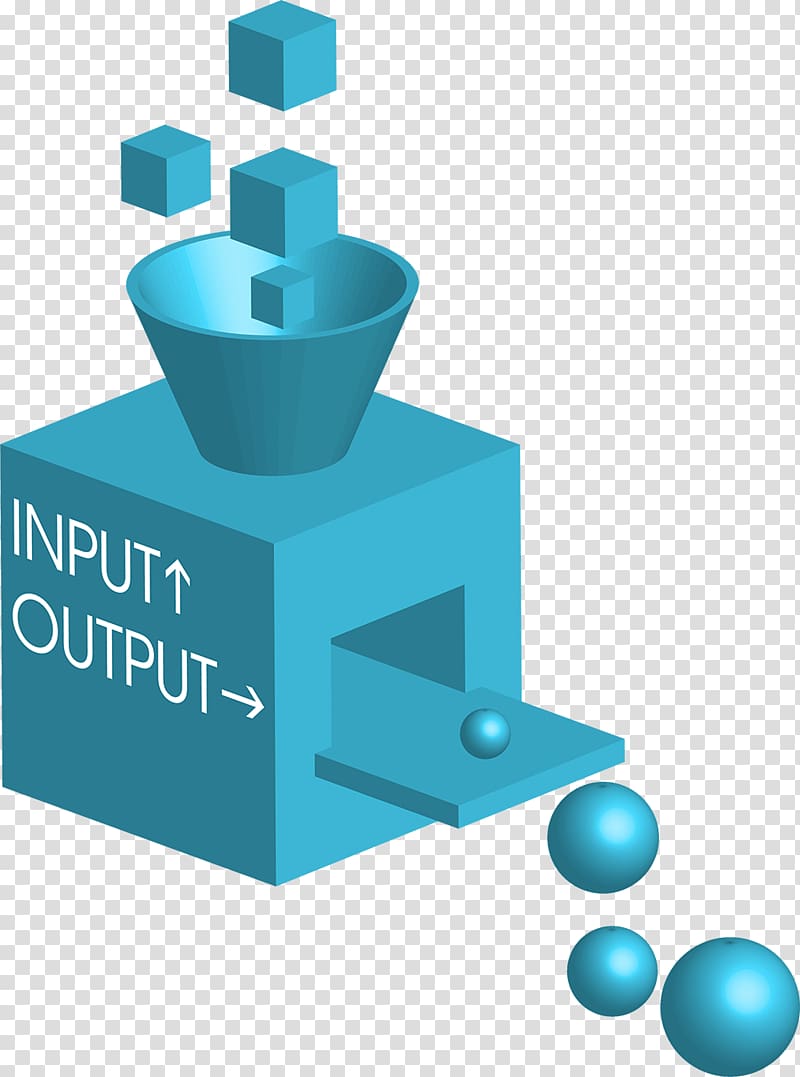

To name a few, there are push buttons, selector switch, and limit switches.

In most PLC applications, there are a number of components that you will usually see. For this PLC application, ultrasonic sensors are most widely used.īy connecting the sensor and the lamp to the PLC, you now have an automated system that performs the same task! Common PLC Input Devices In that case, you may want to use a sensor that can detect the presence of people or objects. In the previous example, what was the feedback mechanism? The fact that there were no more people in front of your house. They are usually placed as a feedback mechanism-which they are! “How can this be applied to an automated system?”Īutomated systems use sensors-devices that output electrical signals based on environmental conditions. Because of this, you now turn off the lights. If the person ran away because you scared him off for some reason, you will see that there are no more people in front of your house (feedback). Turning the switch on made the light bulbs outside light up (output). If there was a person standing in front of your house and you saw it (input), you will turn on the switch (process). Let us take a deeper look at what really happened. “How did that become a closed loop system?” What would you do? You’d check outside whether there were people present, and then turn the lights on or off accordingly.

Let’s say you wanted to turn on the lights whenever someone walks in front of your house (That sounded creepy). I discussed both types of systems at the beginning of the PLC Basics series, make sure to check it out if you haven’t already! Closed loop systemĪ closed-loop system is a type of control system where the input is varied depending on the feedback from the output.Īs an analogy, I’ll use an example from your very own home. 5 How basic PLC input devices are connectedįirst, let’s talk about the type of system that is the ONLY type applicable to Automation-Closed Loop Systems.4.9 Linear Variable Differential Transformer.4.5.1 Modes of Operation of Photoelectric Sensors.3.2 Two types of sensors: Analog and Discrete.


 0 kommentar(er)
0 kommentar(er)
